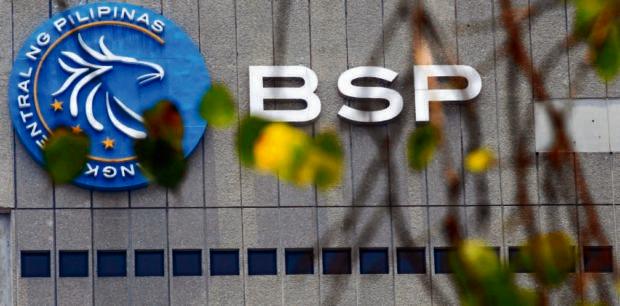Businesses and households may face even costlier loans from banks as Bangko Sentral ng Pilipinas (BSP) Governor Felipe Medalla on Thursday hinted at a further increase in the BSP policy rate in February by at least 25 basis points, amid expectations that the United States Federal Reserve (US Fed) will raise rates yet again.
The Federal Open Market Committee that determines policy for the US Fed is scheduled to announce their latest move on Feb. 1 while the Monetary Board that calls the shots for the BSP will do so on Feb. 16.
“If the US is increasing their policy rate, we need not match them,” Medalla said in an interview with the ABS-CBN News Channel.
“But if the increase is, say, 50 basis points [or 0.5 percentage point], it’s hard not to respond, at least partially,” he added.
Sensitive investors
The BSP Governor noted that investors, both local and foreign, are sensitive to the spread or difference between US Federal funds rate and the BSP rate.
He said that if, for example, the two policy rates were equal, investors would prefer American bonds to Philippine bonds.
While the credit ratings of both governments as issuers of long-term debt paper are at investment grade, global credit watchers consider Washington’s capacity to repay its debt as better than that of Manila.
“People seem to think that the appropriate risk-rewarding differential between US and Philippine policy rates is one percentage point (ppt) to 1.25 ppts,” he explained.
Ideal differential
The BSP policy rate is currently at 5.5 percent, which is precisely in the so-called Goldilocks zone of one to 1.25 ppts higher than the US Fed’s 4.25 percent to 4.5 percent.
In December, Medalla said the BSP saw likelihood of a possible pause in policy rate hikes by mid-2023 and a possibility of rate cuts in the second semester this year.
On Thursday, he was more plain in saying that the BSP’s move largely depends on what the Americans would do.
“It’s hard to cut rates when the US Fed is [continuing with their rate hikes],” Medalla said.
Even then, the BSP chief said upward pressures on prices, which trigger an increase in local policy rate, were abating.
“I think the worst is over [with regard to] supply shocks,” Medalla said, noting that “finally the oil shock is fading.”
The Philippine Statistics Authority recorded inflation in 2022 to have averaged at 5.8 percent. Medalla said the BSP expects inflation in the Philippines to print at 4.5 percent in 2023.
Rate hike doubted
In a commentary released before Medalla gave his interview, UK-based Pantheon Macroeconomics downplayed media reports that the BSP might raise its policy rate by 0.25-0.5 ppt in February.
“We’re struggling to find any direct quotes from Mr. Medalla committing explicitly to a repeat of the December hike [of 0.5 ppt], or a smaller move,” wrote Miguel Chanco, Pantheon Macroeconomics chief economies on emerging markets.
Chanco sticks to his forecast that BSP’s December rate hike was the last for the current tightening cycle.
He believes that inflation in the Philippines has indeed reached a peak at 8.1 percent in December, and that the US Fed would raise their policy rate by only 0.25 ppt.


